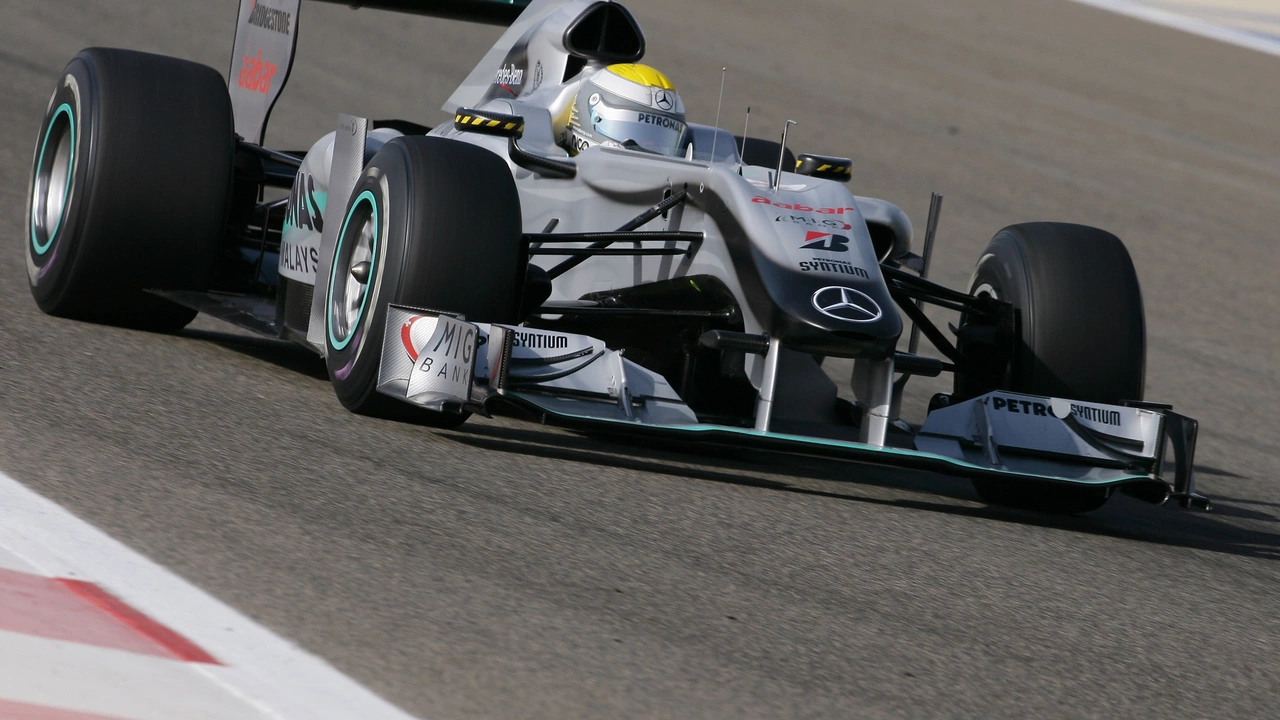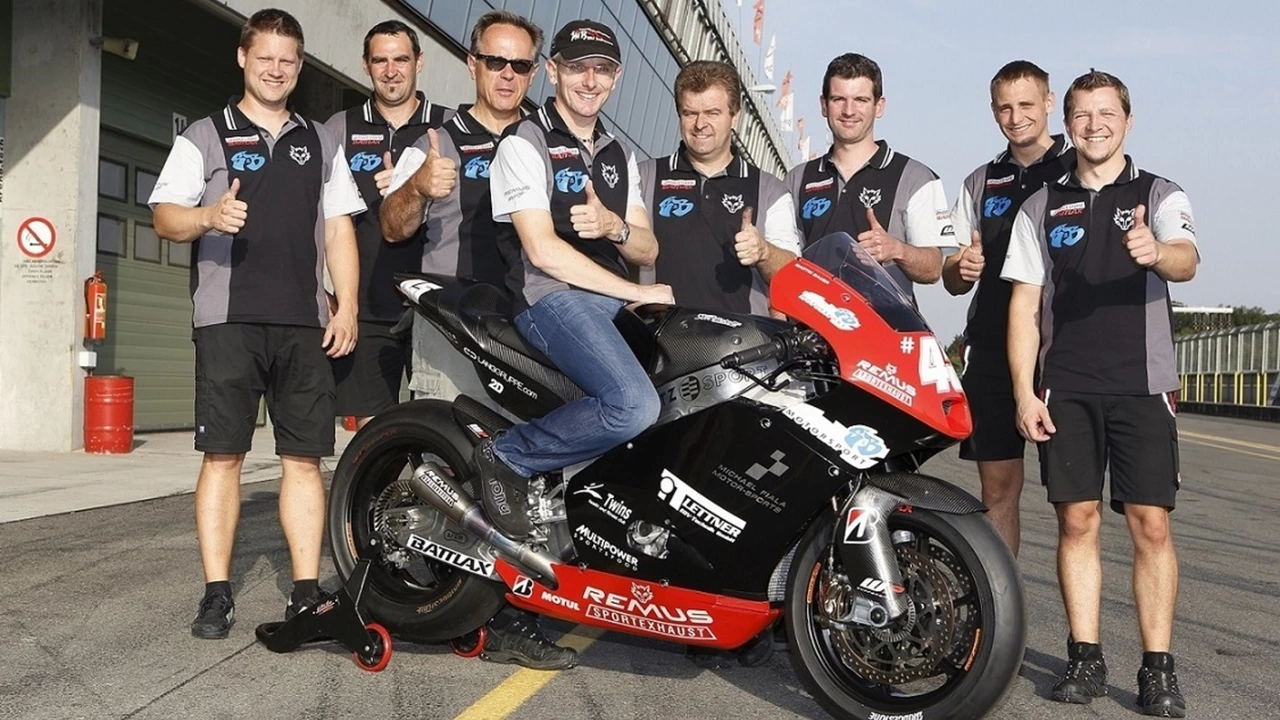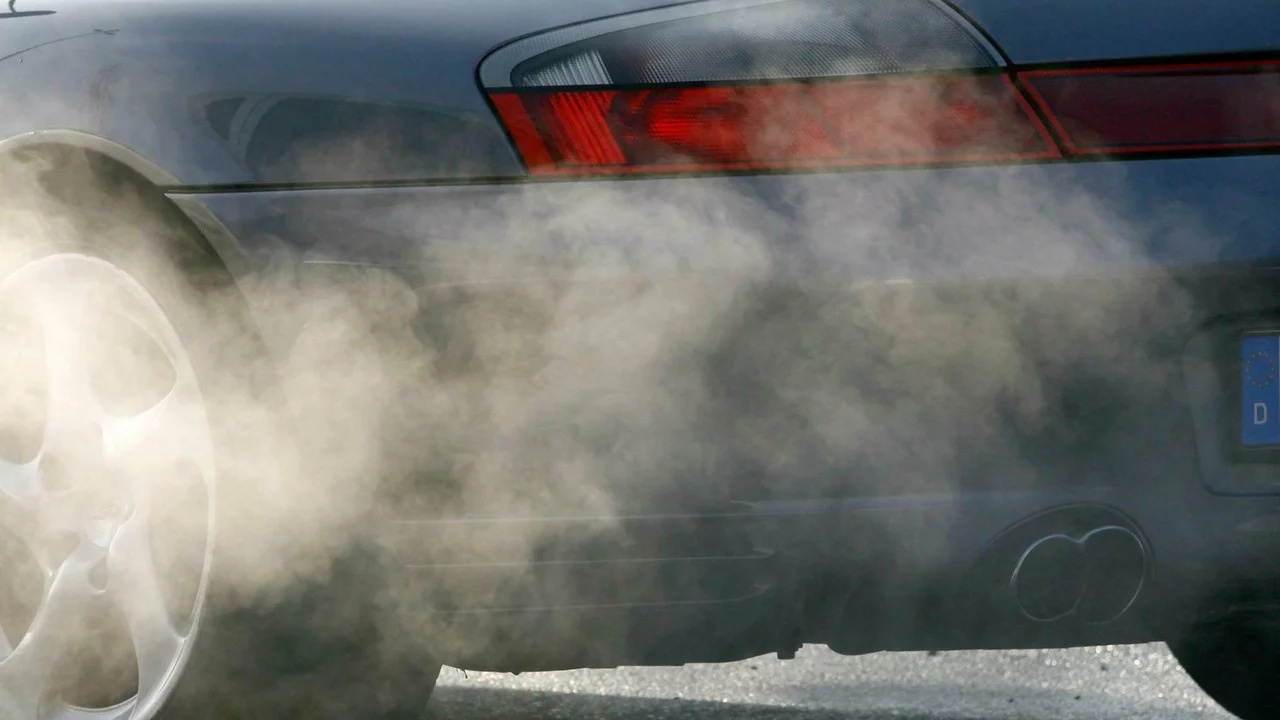July 2023 Motorsports Round‑Up: Quick Answers for Speed Fans
We crammed a lot into July – from the different formula series racing around the world to the science that lets motorcyclists lean crazy angles. If you’ve ever wondered why F1 feels superior, how to hop onto a racing team, or what the sport does to the planet, this recap has you covered.
Formula Racing: How Many Series Exist?
Formula racing isn’t just F1. Think of it as a menu with about ten distinct series. The big names are Formula 1, Formula E, Formula 2, Formula 3 and Formula 4. Each tier offers its own mix of speed, tech and driver development. For example, Formula E swaps the roar of gasoline for electric vibes, while F2 serves as the launch pad for future F1 stars. The variety means fans can chase high‑octane action at many levels, not just the headline‑grabbing Grand Prix.
Why F1 Beats NASCAR and IndyCar
F1 pulls ahead for three main reasons: cutting‑edge hybrid engines, global race locations and a deeper strategic game. The hybrid power units deliver blistering speed and efficiency that ordinary combustion engines can’t match. Racing on circuits across Europe, Asia and the Middle East adds cultural flavor you won’t find on the mostly US‑based oval tracks of NASCAR. Plus, tyre choices, fuel loads and split‑second pit stops turn every race into a chess match, highlighting driver skill over raw horsepower.
That focus on driver talent means the best pilots rise to the top, which keeps the on‑track drama high. If you love a blend of tech and talent, F1 feels like the ultimate package compared with the more mechanical, "power‑through" style of NASCAR or the mixed‑oval‑road format of IndyCar.
Motorcycle Leaning: The Physics Behind the Thrill
Ever watched a rider tilt the bike so far it looks like a flip? The secret is counter‑steering. By pushing the handlebars opposite the turn, the bike leans into the corner. Wide, soft racing tires then clamp onto the asphalt, giving the rider grip even at extreme angles. Combine that with a rider’s ability to shift body weight, and you get a stable, fast corner without toppling.
Think of it as a dance: the machine wants to go straight, the rider tells it to turn, the tires hug the road, and physics does the rest. The result is a smooth, high‑speed arc that feels like flying.
Getting on a Racing Team
If you’re eyeing a spot on a racing crew, start with experience. Karting is the classic entry point – it teaches racecraft without the cost of a full‑size bike or car. Build a résumé of lap times, race finishes and a network of contacts. When you’re ready, reach out to teams with a concise CV highlighting your results and work ethic. Some teams even run talent‑search programs, so keep an eye on announcements.
Don’t forget the soft skills: teamwork, communication and a willingness to learn are just as vital as raw speed. Racing is a group effort, and teams want members who can contribute off the track as well.
Motorsports and the Climate
High‑speed racing leaves a carbon footprint. Engines burn fuel, tracks need power, and fans travel worldwide – all adding CO₂ to the atmosphere. The industry’s response? Electric series like Formula E, hybrid power units in F1 and a push for greener logistics. Still, the numbers are big, and there’s room for improvement.
Fans can help by supporting events that prioritize sustainability, like those using renewable energy or offering carbon‑offset options. The more demand there is for greener racing, the faster the sport will shift.
July’s posts gave you a snapshot of the motorsport world – from the variety of formula series to the gritty physics of bike leaning, and from team‑building steps to the sport’s environmental challenges. Keep the conversation going, share what you’ve learned, and stay tuned for more high‑octane updates from Speed Thrill Moto.




